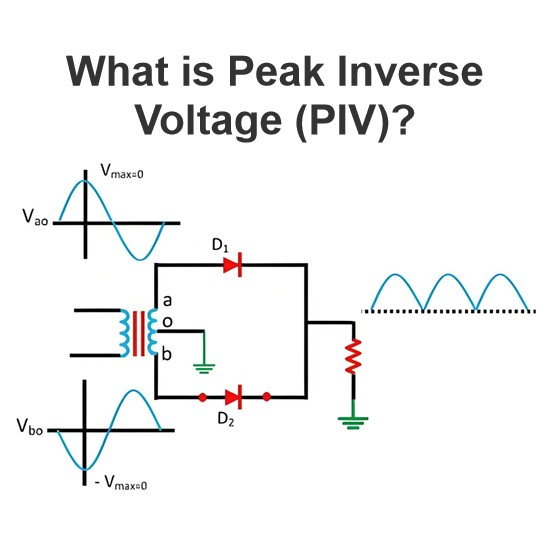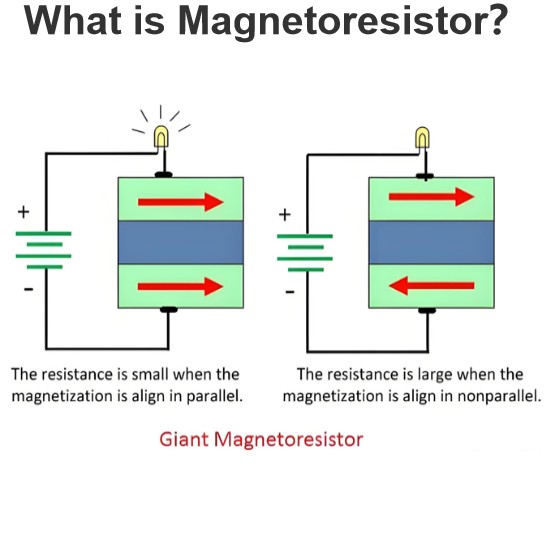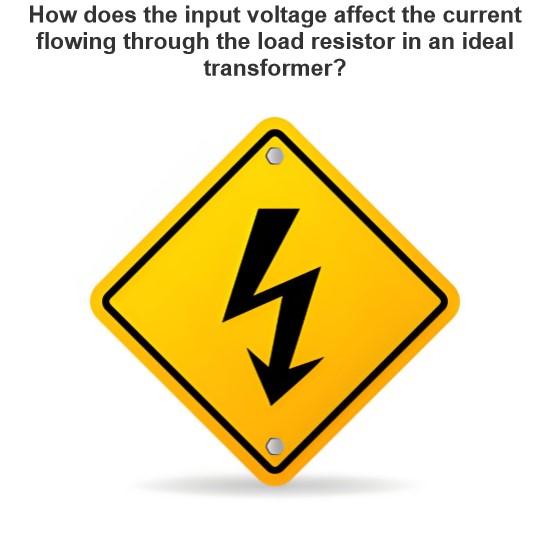What is the relationship between electromagnetic force and electricity and magnetism?
The Electromagnetic Force (EMF) is one of the four fundamental forces in physics that unify the Electric Interaction between charges and the Magnetic Interaction between magnetic charges. The electromagnetic force is essentially the result of the interaction between the Electric Field and the Magnetic Field. The following is a detailed explanation of the electromagnetic force and its relationship to electricity and magnetism:
The interaction between electric charges
Electric field: When an electric charge is present, an electric field is generated around it. An electric field is a vector field whose direction is defined as the direction of the force exerted on the positive charge at that point. The strength of the electric field is proportional to the magnitude of the charge and inversely proportional to the square of the distance (Coulomb's law).
Coulomb's law: Coulomb's law describes the interaction between the charges of two points at rest. If two charges have the same sign (the same charge), there is a repulsive force between them; If the charge sign is opposite (dissimilar charge), an attraction is generated.
Interaction between magnetic charges
Magnetic field: When an electric current (i.e. a moving charge) is present, a magnetic field is created around it. A magnetic field is also a vector field, the direction of which is defined as the direction of force on the positive charge in the direction of its motion (Lorentz force). The strength of the magnetic field is related to the magnitude and direction of the current, and is inversely proportional to the square of the distance.
Lorentz force: The Lorentz force describes the force exerted on a charged particle as it moves through a magnetic field. The direction of the force is perpendicular to the velocity direction of the particle and the magnetic field direction.
Electromagnetic induction
Faraday's law of electromagnetic induction: When a magnetic field changes as it passes through a closed loop, it creates an Electromotive Force (EMF) in the loop, resulting in the generation of an electric current. This phenomenon is called electromagnetic induction.
Maxwell's equations: Maxwell's equations are the basic mathematical framework for describing the behavior of electromagnetic fields. These equations reveal the intrinsic connection between electric and magnetic fields, that is, a changing electric field can produce a magnetic field, and a changing magnetic field can also produce an electric field.
Electromagnetic wave
Electromagnetic wave propagation: Electromagnetic waves are formed by oscillating electric and magnetic fields perpendicular to each other and perpendicular to the direction of wave propagation. Electromagnetic waves can travel through a vacuum at a speed equal to the speed of light.
The unity of the electromagnetic force
Relativistic effects: In the framework of relativity, electric and magnetic fields are treated as different aspects of the same physical phenomenon. When the reference frame changes, the electric and magnetic fields can be transformed into each other.
Sum up
The electromagnetic force is a general term for the electrical interaction between charges and the magnetic interaction between magnetic charges. It is generated by the interaction of electric and magnetic fields, and can be described by theories such as electromagnetic induction and Maxwell's equations. The electromagnetic force appears as the interaction between electric and magnetic fields on the macro scale, and the interaction between charged particles on the micro scale. Electromagnetic force is one of the most common and important forces in nature, which is of great significance to the development of modern science and technology and daily life.
The Electricity Encyclopedia is dedicated to accelerating the dissemination and application of electricity knowledge and adding impetus to the development and innovation of the electricity industry.













